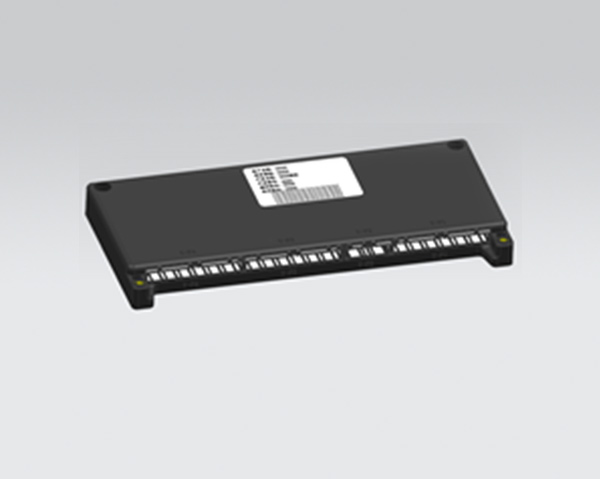 Select language
Select language
< Back to main menu
 Select language
Select language












Through years of accumulation in the field of power battery BMS, offers products with high safety and reliability, as well as abundant interface resources. The hardware protection design is well-designed, while the software architecture is stable and reliable. Advanced algorithms ensure accurate battery state estimation and effective execution of control strategies, providing a safe operation for vehicle power batteries.
To address the safety aspects of lithium iron phosphate (LiFePO4) power batteries in new energy vehicles, we utilize optical detection principles and our robust software and hardware development capabilities. This enables us to provide reliable and continuous safety monitoring for LiFePO4 power batteries throughout their entire lifespan.
To address the safety characteristics of ternary power batteries in new energy vehicles, we employ highly accurate and reliable MEMS gas pressure sensors. Through high-speed sampling and extremely low power consumption management, we achieve comprehensive and high-density pressure monitoring of the battery pack throughout its entire lifecycle.
T-Box (Telematics BOX), also known as TCU (Telematics Control Unit), refers to an embedded system installed in vehicles for control and tracking purposes. It serves as the core component of the in-car information exchange system, enabling vehicle telematics. Key components include microcontrollers, mobile communication units, GNSS units, CAN communication, and memory, among others.
A cloud-based big data platform that establishes in-depth analysis capabilities for massive datasets. Leveraging Ligoo’s years of expertise in the electric vehicle and energy storage domains, we integrate battery technology with artificial intelligence and wireless communication technologies. Through innovative architecture and structure, we go beyond traditional embedded BMS, enabling synergistic and coordinated management between local and cloud-based systems. This approach enriches application scenarios and expands the scope of applications.
